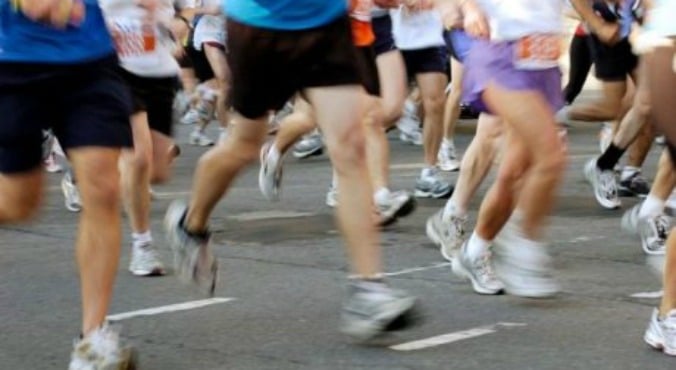
Image: ABC. By Cathy Johnson.
Looking for motivation to get fit? An important new study by Norwegian and Australian exercise scientists may just do the trick.
Not only is it true that the fitter you are, the less likely it is you’ll die of pretty much any health condition you can name.
But being fit may be enough to compensate for the health risks posed by extended sitting — a finding that seems to contradict what we’ve been told about sitting’s harms for years.
The finding, based on a study of more than 26,000 people, relates to one of the scarier bits of health news of the last decade — that sitting for long periods raises your odds of developing diabetes, heart disease and some cancers, as well as of dying early from any cause.
When we sit, our leg and trunk muscles are inactive and this can lead to a potentially-harmful build-up of sugars and fats in our blood.
Worse still, we’ve been told being active at other times of the day was not enough to offset the health risks of sitting. So going for a run or to the gym after work would not make up for the damage to your body from spending the bulk of your day sitting at your desk.
But the new finding by researchers from Norwegian University of Science and Technology and the University of Queensland suggests sitting for more than seven hours a day may not necessarily be so harmful if you are fit. It is the first time this has been shown.
The study was published in Medicine & Science in Sport & Exercise, the official journal of the American College of Sports Medicine.
Move more and get fit
One of the authors, the University of Queensland’s Professor Jeff Coombes, believes the finding has “huge” implications for people who sit for long periods and want to know what to do to protect their health.